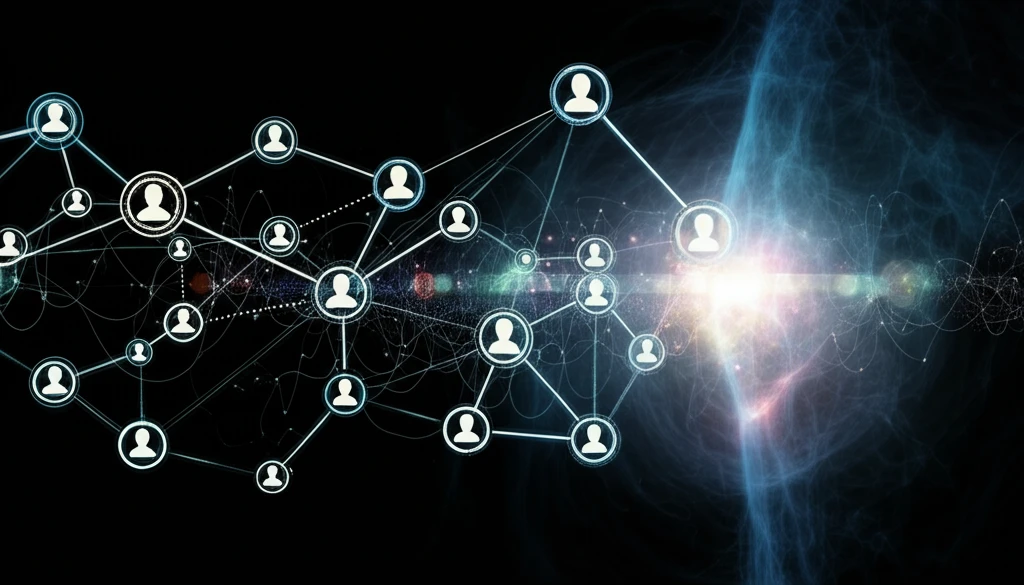
Are Your Friends Shaping Your Choices? Unveiling Peer Influence in the Modern World
"Discover how peer effects subtly influence your decisions, from the coffee you drink to the stores you visit, and what it means for businesses and policymakers."
We often think of our choices as deeply personal, driven by our own tastes and desires. But what if our decisions were subtly shaped by the people around us? The concept of peer influence—the idea that our friends, colleagues, and even casual acquaintances can impact our preferences and behaviors—has been gaining traction in recent years. From the clothes we wear to the restaurants we frequent, peer effects are at play in many aspects of our lives.
Understanding the nuances of peer influence is more important than ever. Businesses are keen to leverage these effects to boost sales and expand their reach. Policymakers, too, are exploring how social networks can be harnessed to promote positive behaviors, from adopting healthier lifestyles to participating in community initiatives. But how exactly does peer influence work, and how can we identify and measure its impact?
A new model developed by researchers Nail Kashaev, Natalia Lazzati, and Ruli Xiao seeks to unravel the complexities of peer influence. Their work provides a framework for understanding how social connections can affect not only our preferences but also the very options we consider in the first place. By incorporating these dynamics into a discrete choice model, the researchers offer valuable insights for businesses, policymakers, and anyone interested in the power of social networks.
How Do Your Peers Affect Your Choices? Consideration vs. Preference

The researchers' model distinguishes between two key mechanisms through which peer influence operates: consideration and preference. Consideration refers to the set of options that an individual actively thinks about when making a decision. For example, if you're deciding where to grab lunch, your consideration set might include the restaurants you're familiar with or have heard about recently. Peer influence can expand or narrow this set, making you aware of new possibilities or causing you to dismiss others.
- Expanding Awareness: Social connections help individuals discover options.
- Altering Perceptions: Social cues impact an individual's ranking for options.
- Behavioral Impact: Consideration and preference have behavioral implications.
The Future of Peer Influence: Implications for Business and Policy
As social networks become increasingly intertwined with our daily lives, the power of peer influence will only continue to grow. By understanding the nuances of this phenomenon, businesses can more effectively target their marketing efforts and tailor their products to meet the needs of specific communities. Policymakers, too, can leverage social networks to promote positive change, encouraging everything from energy conservation to civic engagement.
